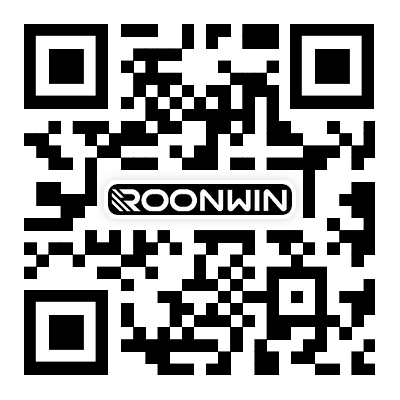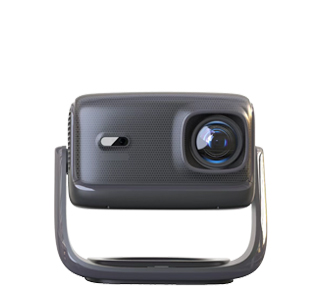
1. Project Core Positioning and Product Definition
Core Objectives of the OBM Model
Different from ODM/OEM (original equipment manufacturer) manufacturing,
projector OBM focuses on "brand independence + full-chain control." Its core
goal is to differentiate its products through proprietary technologies (such as
optical engines and cooling solutions), building a complete brand closed loop
from R&D to market, and catering to diverse needs across various scenarios,
including home, business, and education.
Product Positioning and Parameter Anchoring
Home Use: Features 4K resolution, high color gamut (≥95% DCI-P3), and low
noise (≤26dB). Brightness ranges from 1500-3000 ANSI lumens, and supports MEMC
motion compensation to meet movie viewing needs.
Business Use: Emphasizes portability (weight ≤2kg), fast startup (≤10
seconds), and keystone correction (±40°). Brightness ranges from 2000-4000 ANSI
lumens, and is compatible with wireless projection protocols.
Education Use: Enhances durability (over 8 hours of daily use), dustproof
design (IP5X rating), and large lens shift (vertical ±50%). Brightness ranges
from 4000-6000 ANSI lumens, and supports multi-device simultaneous display.
Target Users and Differentiation Strategies
The home model targets young families aged 25-40, highlighting a
"cinema-quality experience + smart home integration"; the business model targets
small and medium-sized enterprises, emphasizing "efficient meetings +
low-maintenance"; and the education model targets K12 and universities,
featuring "high stability + eye protection certification (such as low blue light
certification)."
II. Core Steps of the Full Development Process
R&D and Design Phase (6-8 Months)
Optical System Development:
Light Source Selection: Laser light sources (lifespan of over 20,000 hours)
are preferred for home models; LED light sources (low cost and fast startup) are
optional for business models; and ultra-high-pressure mercury lamps (high
brightness) are used for educational models.
Lens Design: Customized in collaboration with professional optical
manufacturers, home models support 1.2x zoom, while business models integrate
fixed-focus short-throw lenses (throw ratio 0.8:1) to reduce installation
space.
Imaging Chip: Compatible with DLP/LCD technology, 4K models use a 0.47-inch
DMD chip, while 1080P models use a 0.33-inch DMD chip to ensure high image
quality and clarity.
Heat Dissipation and Structural Design:
Cooling Solution: Utilizes a "multiple fans + vapor chamber + zoned air
ducts" design. Core components (light source, chip) maintain a heat dissipation
area of ≥150cm², preventing brightness degradation caused by high temperatures
(measured temperature controlled within 60°C, brightness degradation
≤5%/year).
Structural Optimization: The home model uses an ABS+PC composite material
(scratch-resistant and lightweight), the business model features a metal middle
frame (drop-resistant), and the education model features anti-slip feet and a
ceiling mount port on the bottom, adapting to various installation methods.
Circuit and Software Development:
Motherboard Design: Integrated power management (supporting a wide voltage
range of 100-240V) and signal processing (HDMI 2.1 interface, supporting 4K 60Hz
input) modules, utilizing an industrial-grade PCB (temperature resistant
-20°C-85°C).
Firmware Development: A proprietary operating system supports autofocus,
intelligent obstacle avoidance (recognizing wall obstacles), is compatible with
third-party applications, and regularly delivers OTA updates for optimized
features.
Supply Chain Management Stage
Core Component Supplier Classification:
Tier 1 Suppliers (Core Components): Suppliers of key components such as
light sources, imaging chips, and lenses. Long-term supply agreements are
required to ensure stable production capacity and quality, with a lead time of ≥
3 months.
Tier 2 Suppliers (Auxiliary Components): Suppliers of components such as
fans, housings, and interfaces. Class 100,000 cleanroom facilities are required,
supporting customized production.
Tier 3 Suppliers (Consumables): Suppliers of consumables such as power
cords and remote controls. Focusing on cost control and fast delivery, with a
lead time of ≤ 15 days.
Supply Chain Risk Management:
Secure two to three alternative suppliers for key components to reduce the
risk of a single supplier.
Establish a safety stock (core component inventory ≥ 1.5 times the monthly
production volume) to mitigate risks such as chip shortages and logistics
delays.
Manufacturing Phase (Mass Production Cycle: 1-2 Months)
Production Line Configuration:
Assembly Line: Utilizes a "semi-automatic assembly line + manual quality
inspection" system, equipped with an optical tuning station (calibrating
brightness and color uniformity) and a burn-in test station (running
continuously for 4 hours at 45°C).
Testing Equipment: Equipped with a luminance meter, color analyzer, and
electromagnetic compatibility (EMC) testing equipment to ensure each product
meets factory standards.
Production Process Specifications:
Patch Phase: Component placement on the motherboard is completed in the SMT
workshop (dust-free level 10000), with a yield rate requirement of ≥99.5%.
Assembly Phase: The optical engine, heat sink module, and housing are
installed sequentially, using a torque wrench to control screw tightening to
avoid component damage.
Testing Phase: Full functional testing (power on/off, signal input, and
image quality output) and reliability testing (drop test from a height of 1.2
meters, vibration test at 5-500Hz). Defective products are individually marked
and sent for repair, with a repair rate of less than 3%.
III. Quality Control System and Certification Standards
Full-Life Quality Control Key Points
Incoming Quality Control (IQC): Core components are randomly inspected for
≥10% of their total volume. Light sources are tested for brightness deviation
(≤±3%) and lenses for transmittance (≥92%). Unqualified batches are returned in
their entirety.
In-Process Quality Control (IPQC): Production lines are inspected every 2
hours, focusing on the heat dissipation module installation gap (≤0.5mm) and
interface soldering quality. Inspection data is recorded.
Finished Product Quality Control (FQC): 100% inspection is conducted,
testing key parameters such as brightness, color gamut, and noise. A test report
is issued, and qualified products are affixed with the mandatory certification
mark.
Compulsory and Voluntary Certifications
Compulsory Certifications: China 3C Certification (Electrical Safety, EMC),
EU CE Certification, and US FCC Certification ensure product compliance.
Voluntary Certifications: Low Blue Light Certification (for home use), ISO
9001 Quality Management System Certification, and Energy Efficiency
Certification (China Level 1 Energy Efficiency, standby power consumption ≤
0.5W) enhance product competitiveness.
IV. Brand Operations and Market Strategy
Channel Development
Online Channels: Establish official flagship stores on major e-commerce
platforms, open livestreaming rooms on major short video platforms, drive
traffic through "product teardowns + scene demonstrations," and offer
limited-edition giveaways (projection screens, brackets) during promotional
events (such as major e-commerce shopping festivals).
Offline Channels: Establish experience stores in major home appliance
chains, collaborate with interior design companies (embedded projection
solutions), introduce business models to office supply stores, and connect
educational models with school procurement tenders.
After-Sales Service System
Warranty Policy: Home models offer a 2-year full-machine warranty + a
5-year light source warranty; business models offer a 1-year full-machine
warranty + a 3-year light source warranty; and education models offer a 3-year
full-machine warranty.
Service Network: Establish a nationwide after-sales network (covering major
cities), support on-site repairs (24-hour response in urban areas, 48 hours in
suburban areas), and provide an online customer service hotline and remote
debugging services (to resolve software issues).
Iteration and Innovation Plan
Short-term (1 year): Optimize firmware based on user feedback (such as
adding voice control functionality) and launch customized housings (such as
cartoon-style children's projectors).
Mid-term (2-3 years): Develop new technologies (such as short-throw laser
TV solutions and 8K resolution models) and expand overseas markets (Southeast
Asia, Europe, and other regions).
Long-term (5 years): Develop a smart projection ecosystem, integrate with
mainstream smart home systems for deep integration, and build a competitive
brand defense.
Tips for avoiding pitfalls: ① During the R&D stage, the core chip
production capacity must be locked in 6 months in advance (the delivery cycle of
core imaging chips is long) to avoid delays in mass production; ② During the
production stage, the installation quality of the heat dissipation module must
be strictly controlled. Poor heat dissipation will shorten the life of the light
source by more than 30%; ③ For overseas markets, local voltage standards (such
as 230V in Europe and 110V in the United States) and certification requirements
must be investigated in advance to avoid compliance risks.
Read recommendations:
HW30 Home Cinema - HW Series Projector
Projectors with Excellent Dynamic Contrast
Projectors with Smooth and User-Friendly Operating Systems
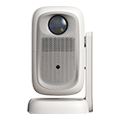
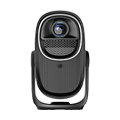
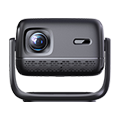
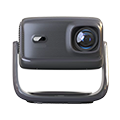
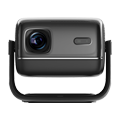
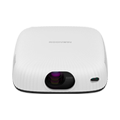
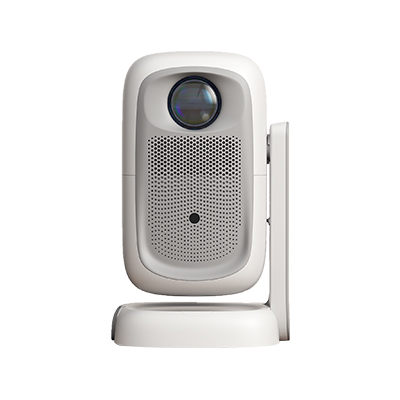
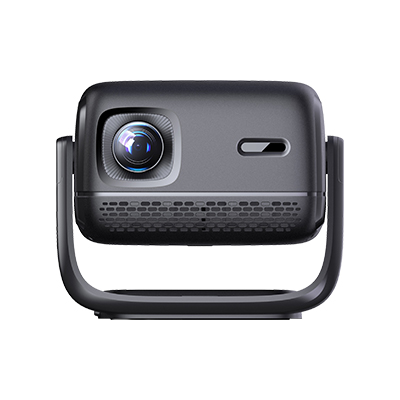
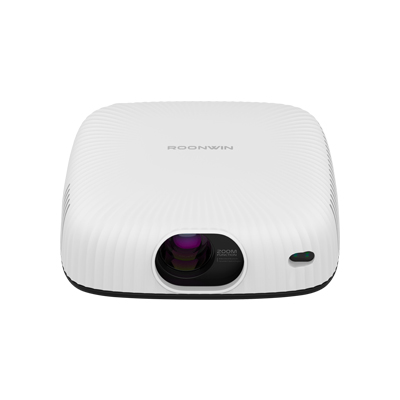



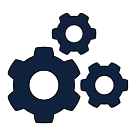





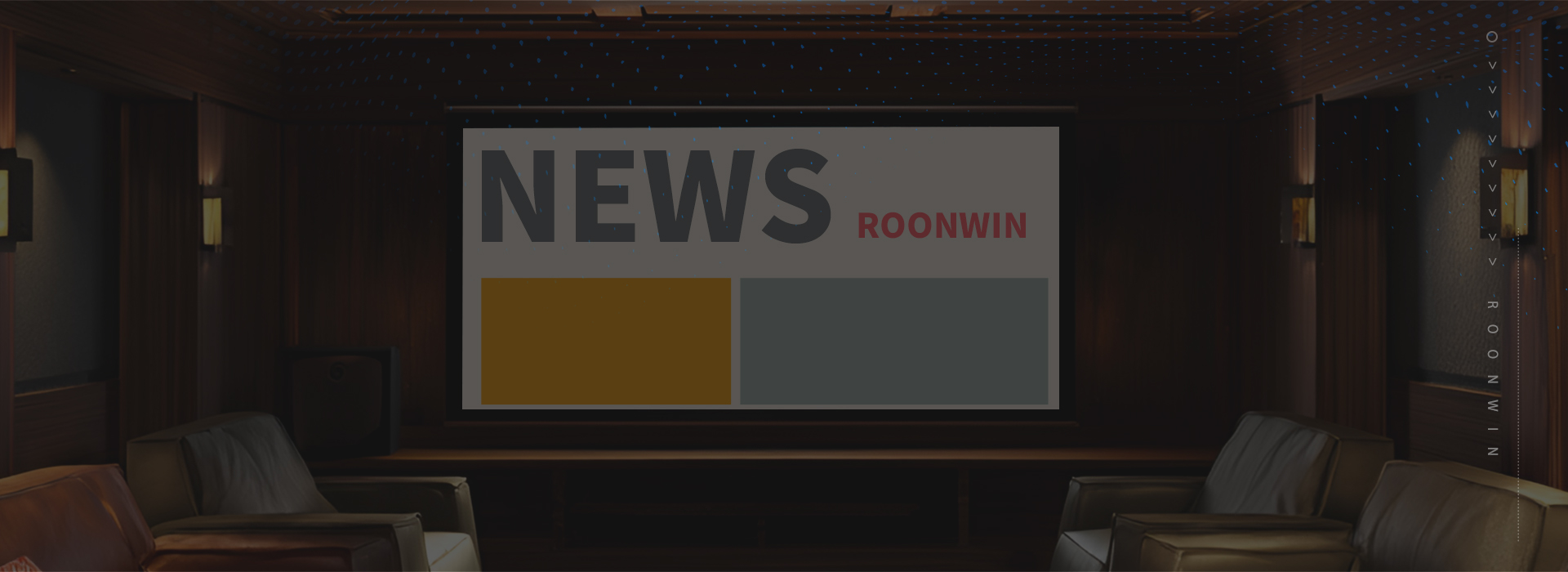
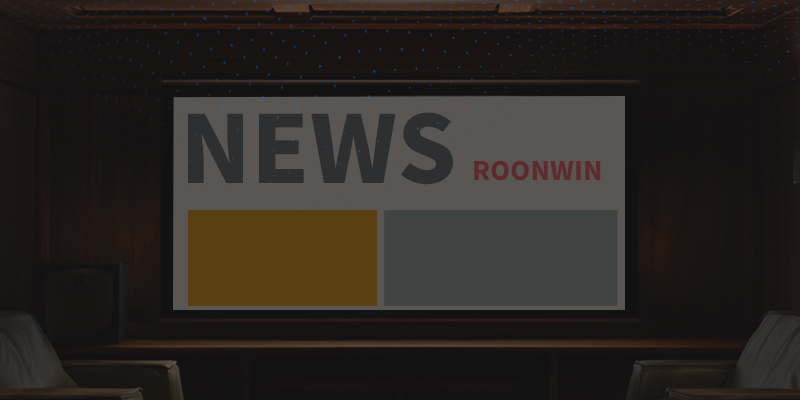
 Reviewed:
Reviewed:










